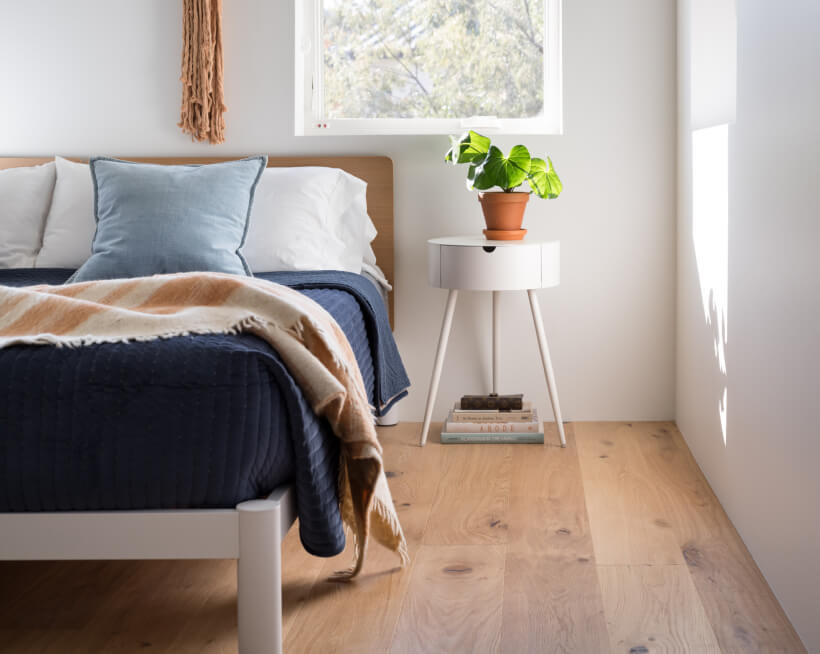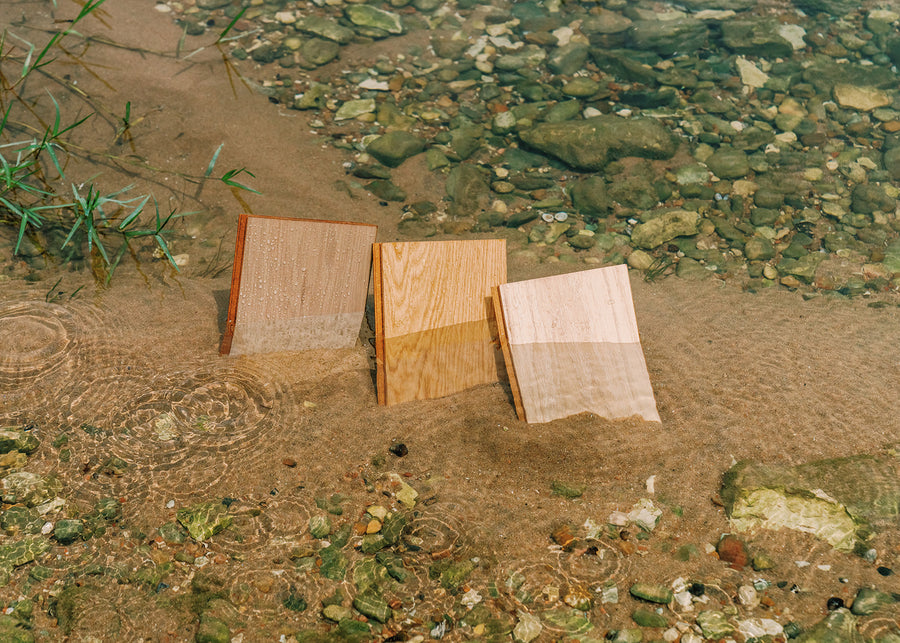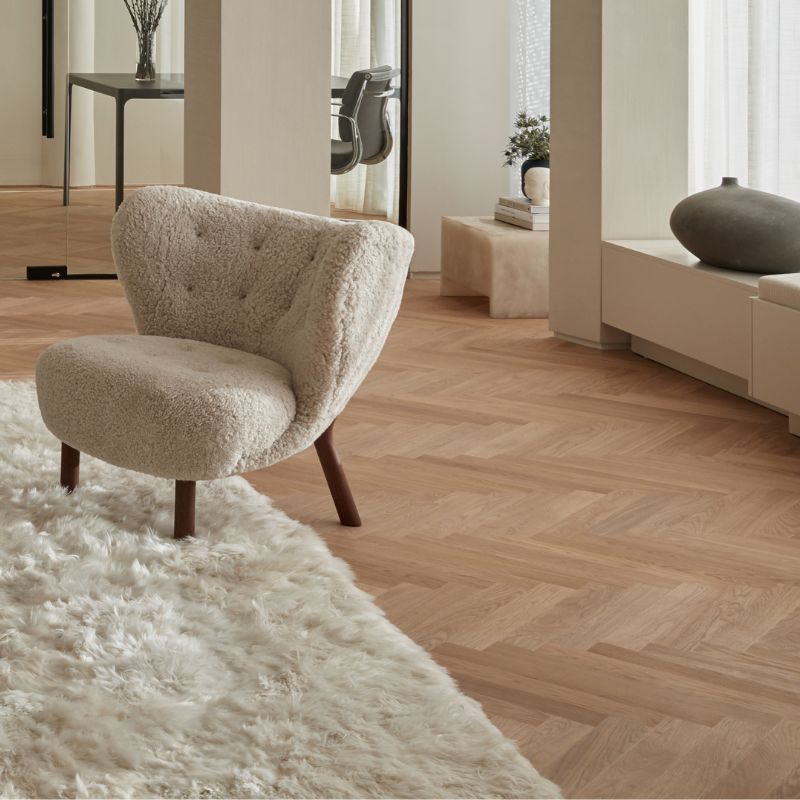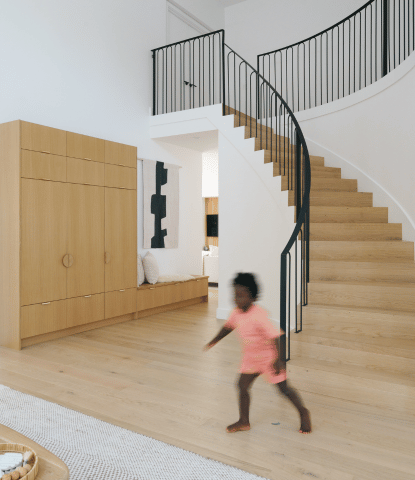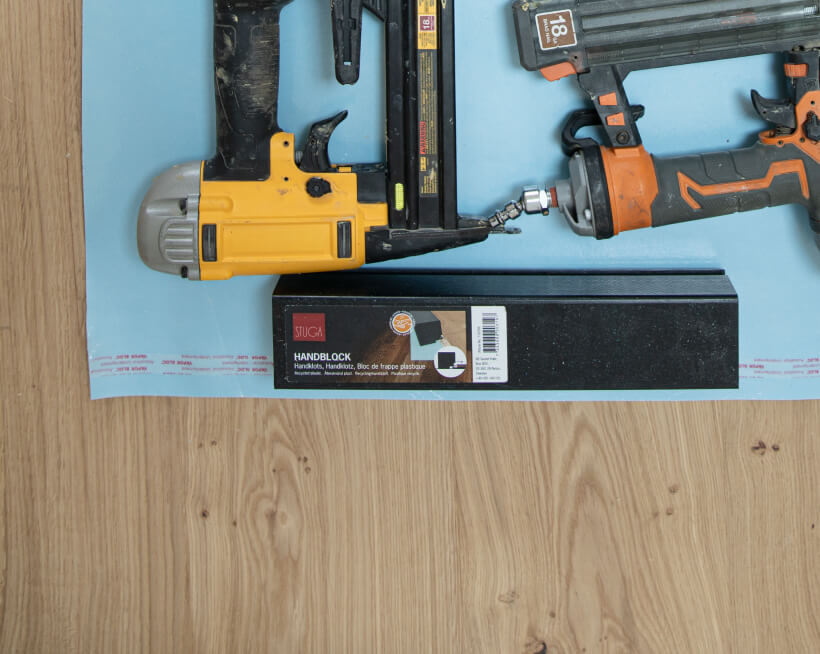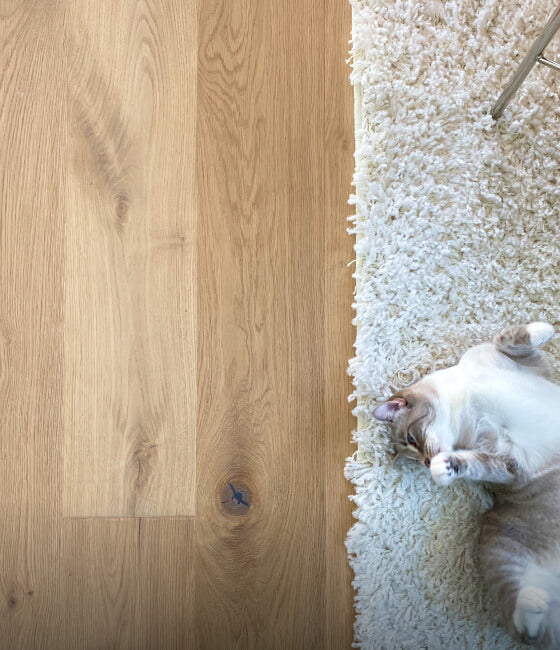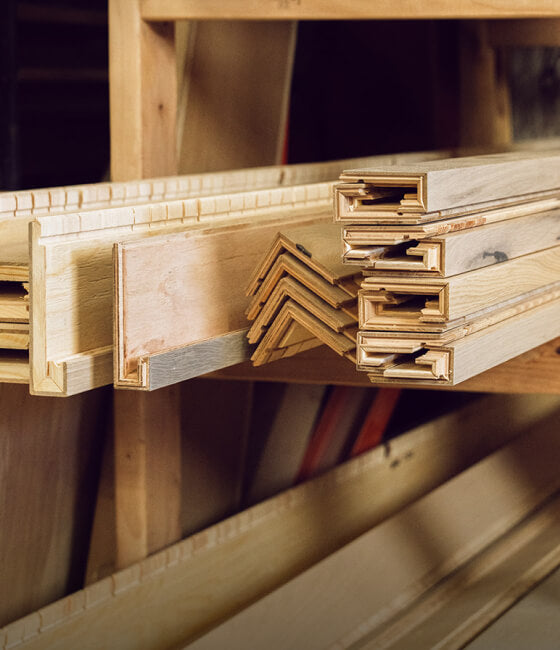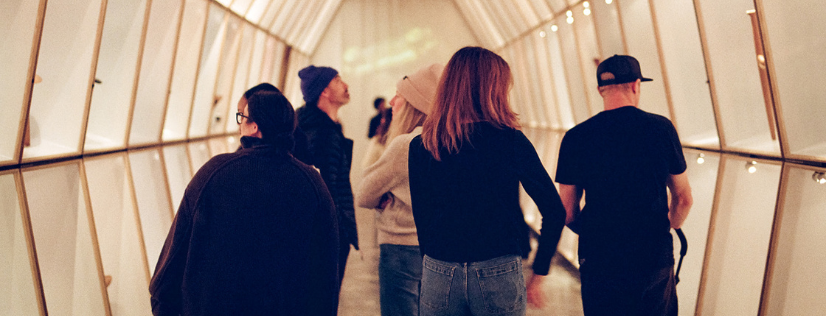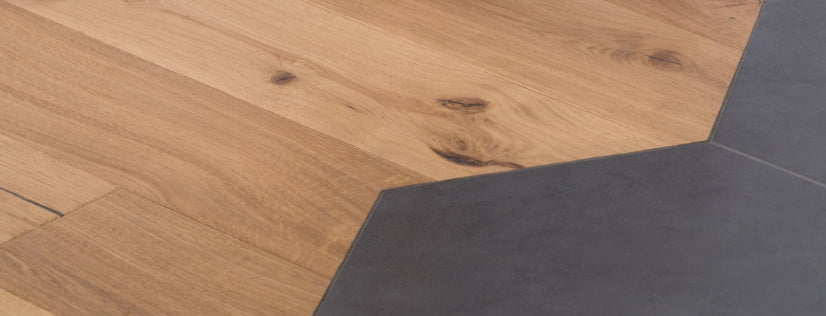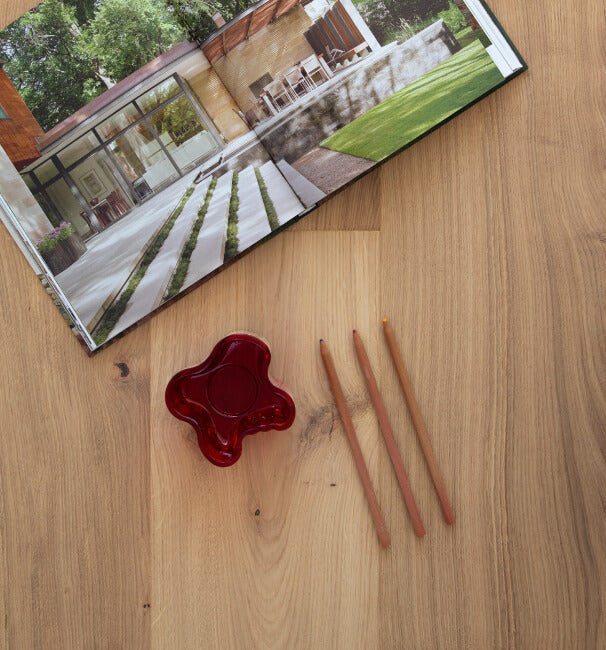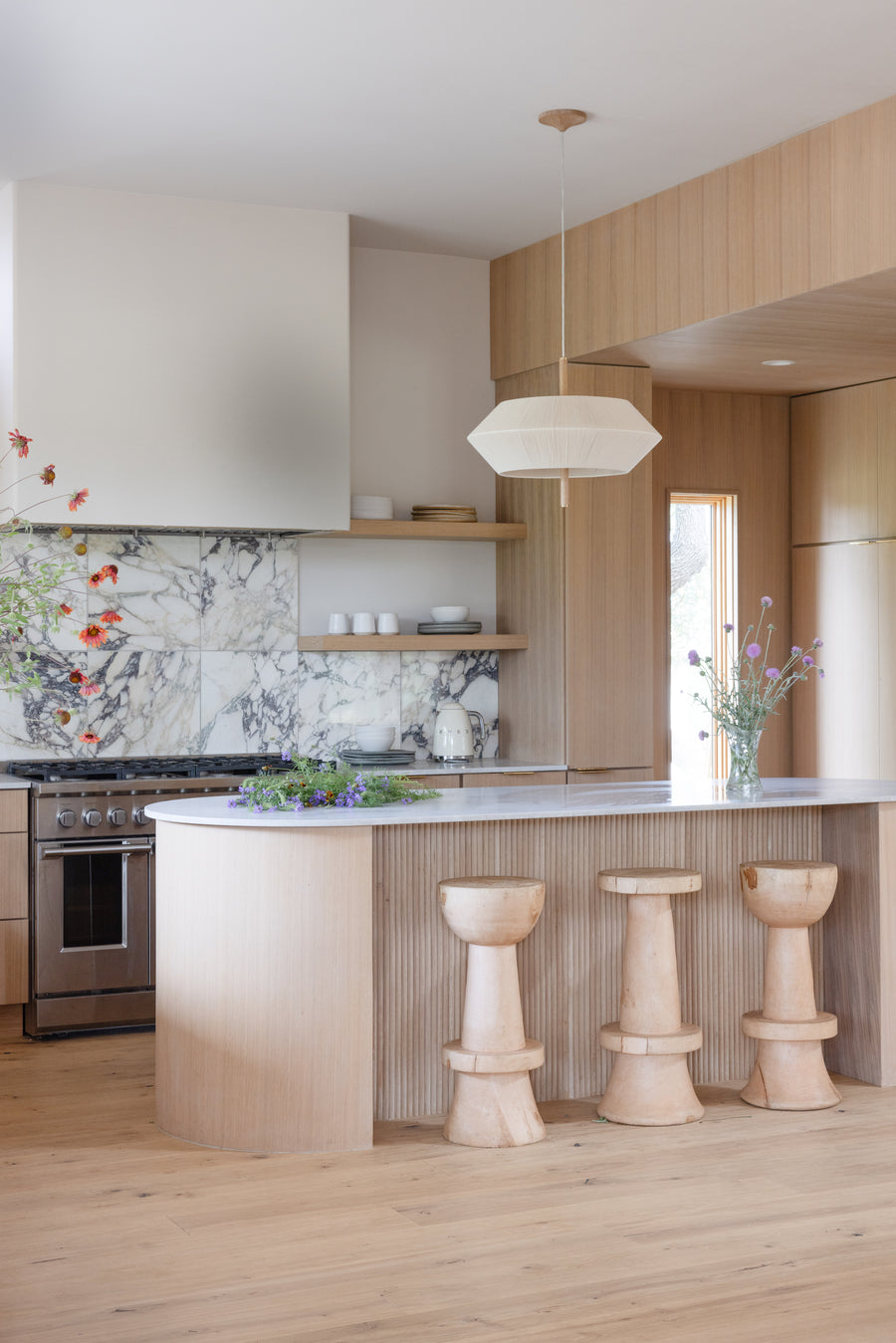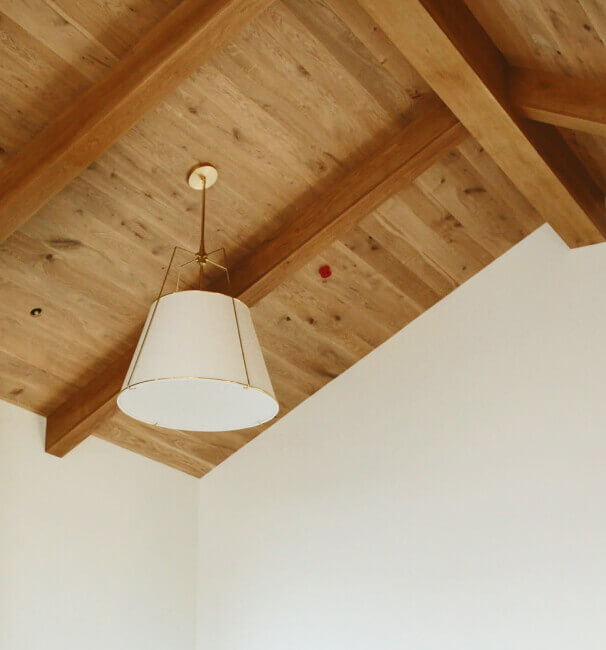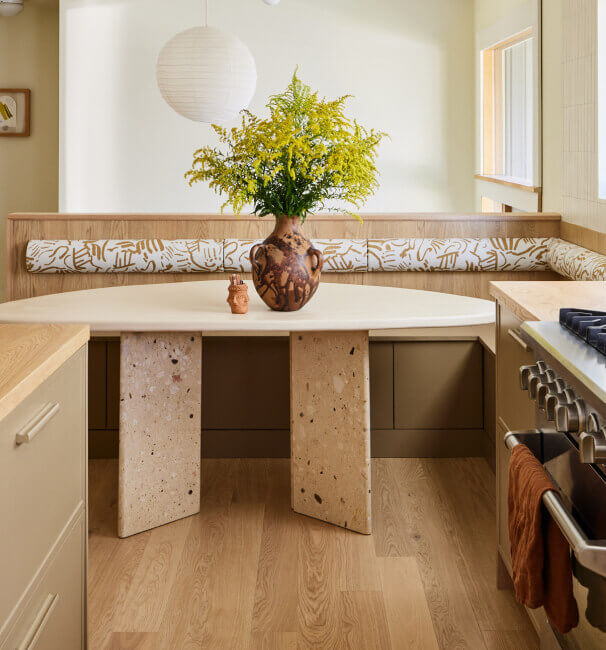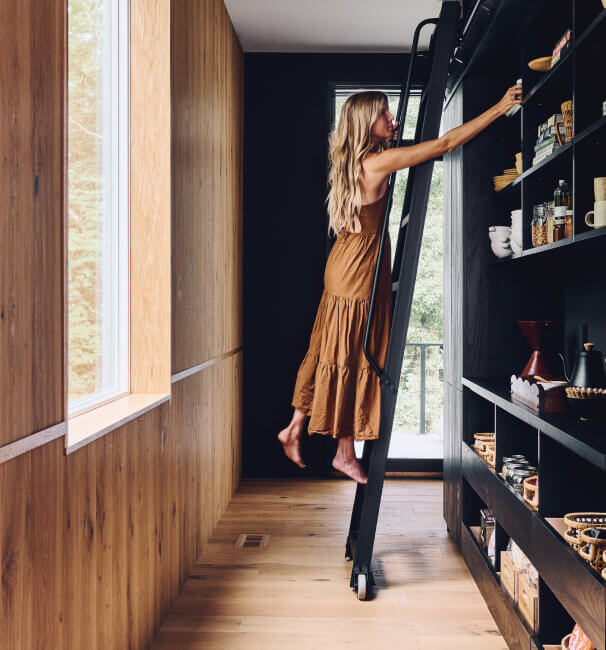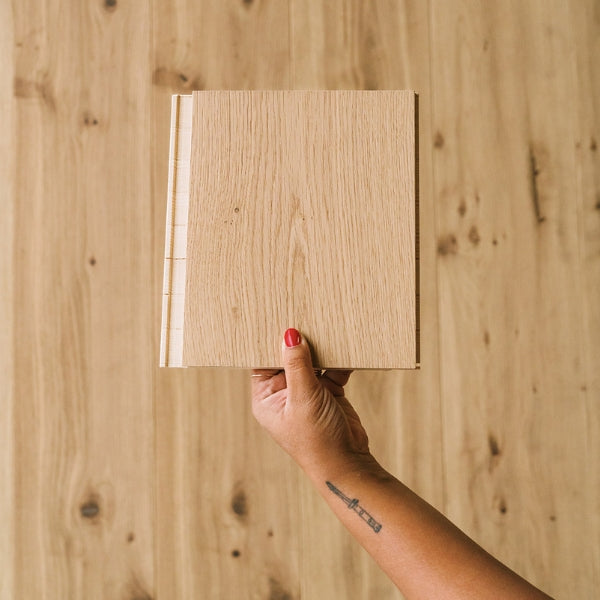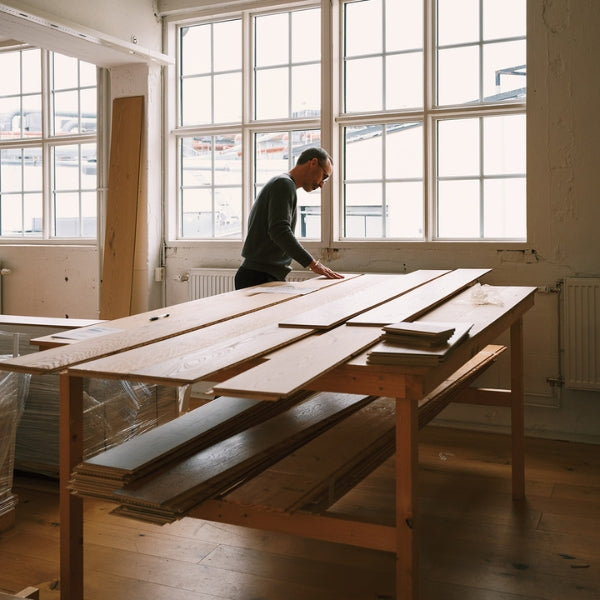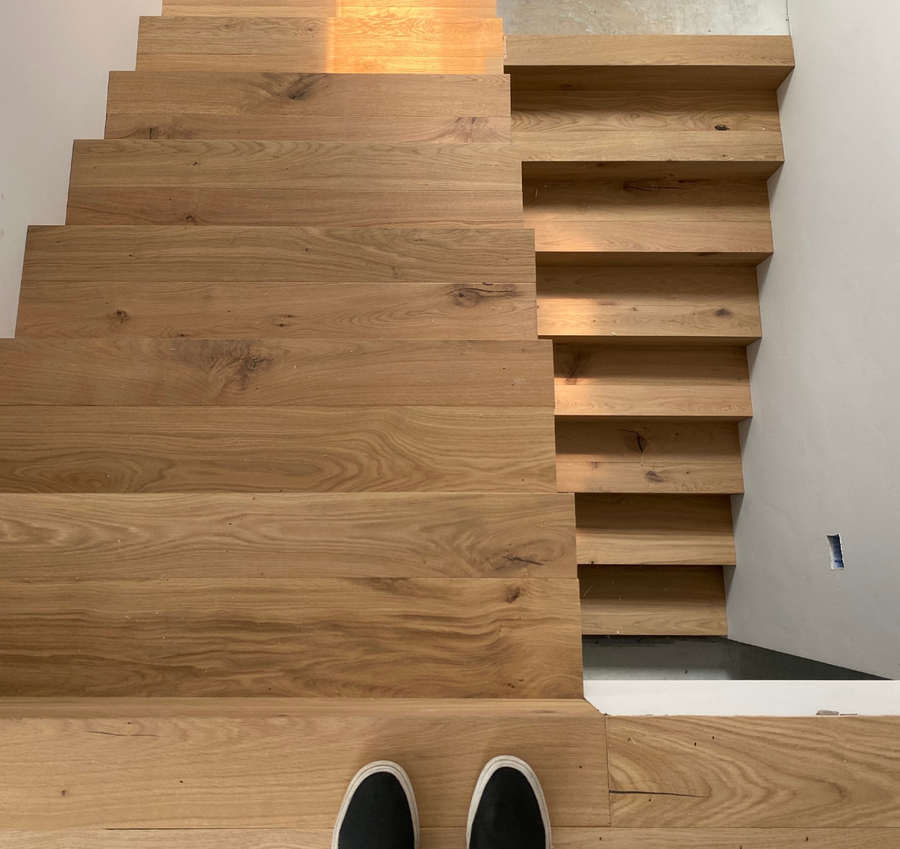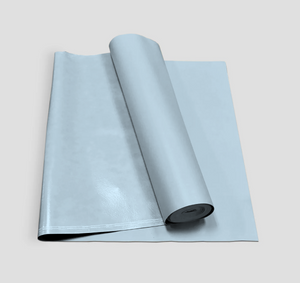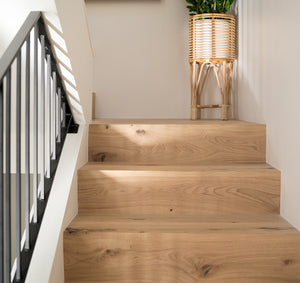October 22, 2021
The Anatomy of a Staircase
by Mallory Recor
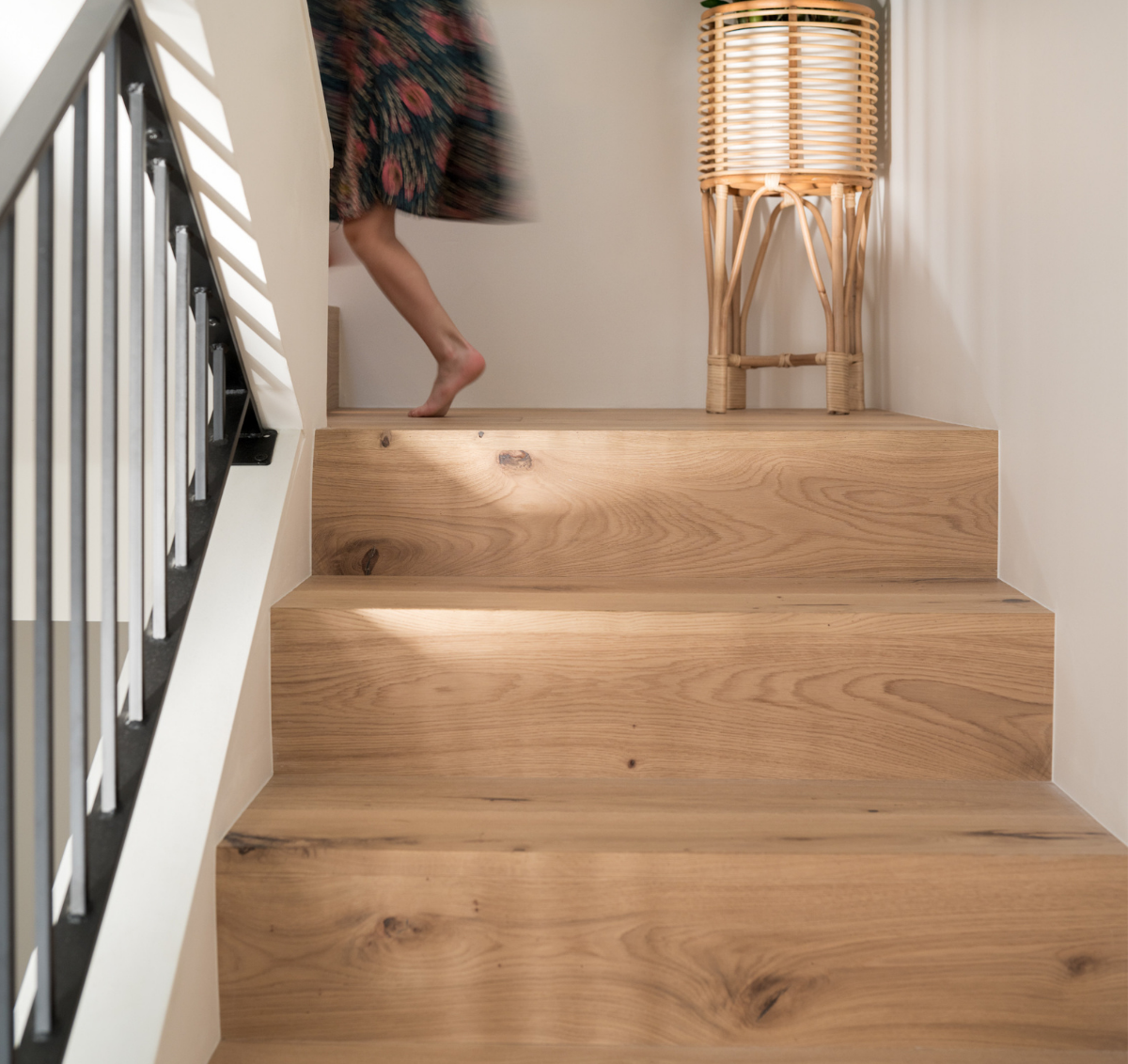
You deserve a staircase like no other. At Stuga, we don’t think you should compromise on its design, so we created one-of-a-kind stair solutions to perfectly match your Stuga floor. Inspired by the Swedes, we use our intelligently hardwood designed floors to make sleek stair nosings that provide a seamless transition between stories.
Staircase solutions can be confusing, but with a little education we’re confident you can plan your staircase perfectly. What’s the difference between a flush nosing and a squared nosing? What is the riser and what about the tread? Open vs. closed stringer? We’re here to guide you so you can achieve the undeniably modern beautiful staircase solution you deserve.

Risers and Treads
Let’s start with the basics. Every staircase is made of treads and risers. The tread is the part your feet step on, or tread on, as you walk up or down the staircase. The riser is the part of the step that sits perpendicular to the tread and connects it to the next tread, or rises up. Together, they form a sawtooth appearance up the staircase.
Your treads will always require at least one of our Stuga planks to lock into the nosings. Since our nosings are made from our planks, this provides a beautiful match to your floors. With your risers, you have a few options, especially when using a squared nosing. With a squared nosing you can use your floor plank as the riser or you can swap it out for a simple white riser. We’ve even seen people get creative with a color on their risers to modernize their staircase!

Nosings
The junction where the riser meets the tread is called the nosing. This is the piece we fabricate from our floors to create a showstopper staircase for all of our customers. The nosing only covers the edge of the step and a portion of the tread and riser. Your Stuga planks will lock into the nosings to form a beautiful step and will be sturdy and sound when installed with glue.
We believe that rounded, stained-to-match nosings are a thing of the past so we have developed two nosing profiles to choose from. The first is our flush nosing. Just as the name sounds, the nosing creates a 90 degree angle where the riser and tread meet in a flush joint. A flush nosing tends to give a more modern look but can be stunning in any home. It lacks any overhang for an incredibly clean look. The edges are slightly eased and finished to protect against wear and tear.
The alternative is our squared nosing. The squared nosing has a 1” overhang on the riser, giving it the appearance of a “solid tread” when locked into the tread floorboard. The edges are also slightly eased and finished for protection. This is a more classic look, but just as with our flush nosing, it can look great in any home.

Open Stringer vs. Closed Stringer
When you look at your staircase from the side, you’ll either see the stair step progression or the stairs will end in a wall and they will not be visible from the side. If you have an open view of the sides of your stairs it is called an “open stringer” and if you can’t see the steps from the side, that’s a “closed stringer.” Your steps can have an open stringer on one or both sides.
If your stairs have a closed stringer, your staircase installation will be quite simple. You will need a nosing to cover the full width of the step, a floor plank, or possibly two, for your tread, and possibly another plank for the riser.
However, if you have an open stringer, you will need to account for more squared nosing or order our flush nosing edge caps to cover the open side of your step. Because Stuga floors are engineered wood, when viewed from the side you can see the pine and spruce layers of the floors. It’s a simple and beautiful fix with a 45 degree mitered corner, running the nosing along the exposed edge of the tread. For risers on an open stringer, a return will be needed to cover the exposed flooring.

Handrail, Balusters, Newel Posts
In addition to the Stuga portion of your staircase, there are other terms you may have heard. Most people know that the handrail is the railing of the staircase; it’s the support you can grip on the way up or down.
But what about balusters and a newel post? Though you may not know them by name, you surely know these important pieces of the staircase. The balusters are the support posts for the handrail, running up the side of your stairs. These can be affixed directly to the treads as long as you use our recommended method of installing your stairs: glue. A newel post is essentially a stronger baluster, often used at the beginning or end of the handrail, as well as any spot that needs a little extra support, such as the turn of a staircase.
Your handrail, balusters, and newel posts will be sourced from somewhere other than Stuga, and can be painted or stained to match. Keep in mind that all Stuga floors are European white oak if you’d like to stain any of these pieces to match!

Shop Our Stair Solutions
With the right information, we believe every step of the staircase building process can be beautiful. Knowing an open stringer from a closed stringer, using the right terminology, and understanding how to measure your steps will guarantee a staircase that is a step above the rest for your home.
At Stuga, we are committed to getting you the staircase of your dreams so it is our pleasure to help you if at any point ordering your staircase gets confusing. We have simple, beautiful animations explaining our nosings deeper and Marc Bacher, our Founder & CEO, gave great advice on how to measure for and order your staircase but remember we’re always just a phone call or email away. Let’s build your dream staircase!

